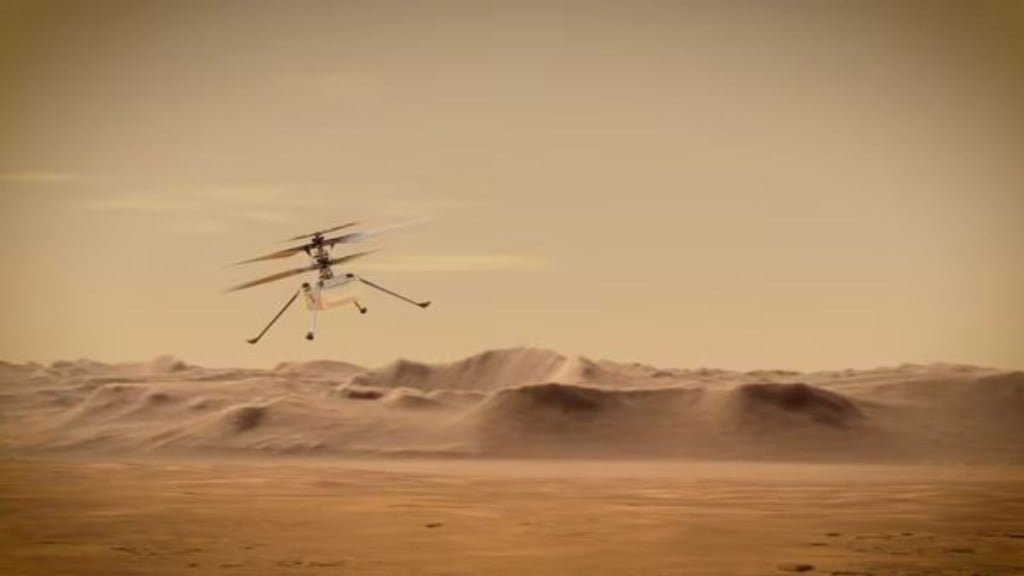NASA’s pioneering Mars helicopter mission, featuring the miniature robot helicopter Ingenuity, has concluded, marking the conclusion of a groundbreaking era in extraterrestrial exploration. NASA Administrator Bill Nelson shared the bittersweet news in a social media video, affectionately referring to Ingenuity as the “little helicopter that could.”
Originally slated for a 30-day mission, Ingenuity exceeded expectations by extending its operational life to nearly three years. The solar-powered aircraft, weighing a mere 1.8 kilograms, embarked on its historic journey in April 2021. Throughout the mission, Ingenuity completed an impressive 72 flights, covering a distance 14 times greater than initially anticipated. This remarkable feat demonstrated the viability of aerial exploration methods beyond Earth, providing valuable insights for future interplanetary missions.
However, Ingenuity faced challenges during its final days, including an emergency landing on its penultimate flight and subsequent loss of contact with the Perseverance rover on January 18 during its last flight, just 3 feet above the Martian surface. Although contact was re-established, damage to one of its rotor blades was evident, prompting investigations into the possibility of ground impact.
Designed as a box with four legs and a twin-rotor parasol for Mars’ thin atmosphere, Ingenuity’s early successes led to an expanded role. It served as a scout, capturing images of potential locations for the Perseverance rover, enduring nearly 1,000 Martian days and braving harsh winter seasons.
NASA’s Jet Propulsion Laboratory engineers are now conducting final tests and downloading the remaining images from Ingenuity. Meanwhile, Perseverance, which carried Ingenuity to Mars in February 2021, is too distant to capture images of the helicopter’s final resting place. The conclusion of the Ingenuity mission marks a significant chapter in the exploration of the red planet and sets the stage for future advancements in planetary exploration technology.

